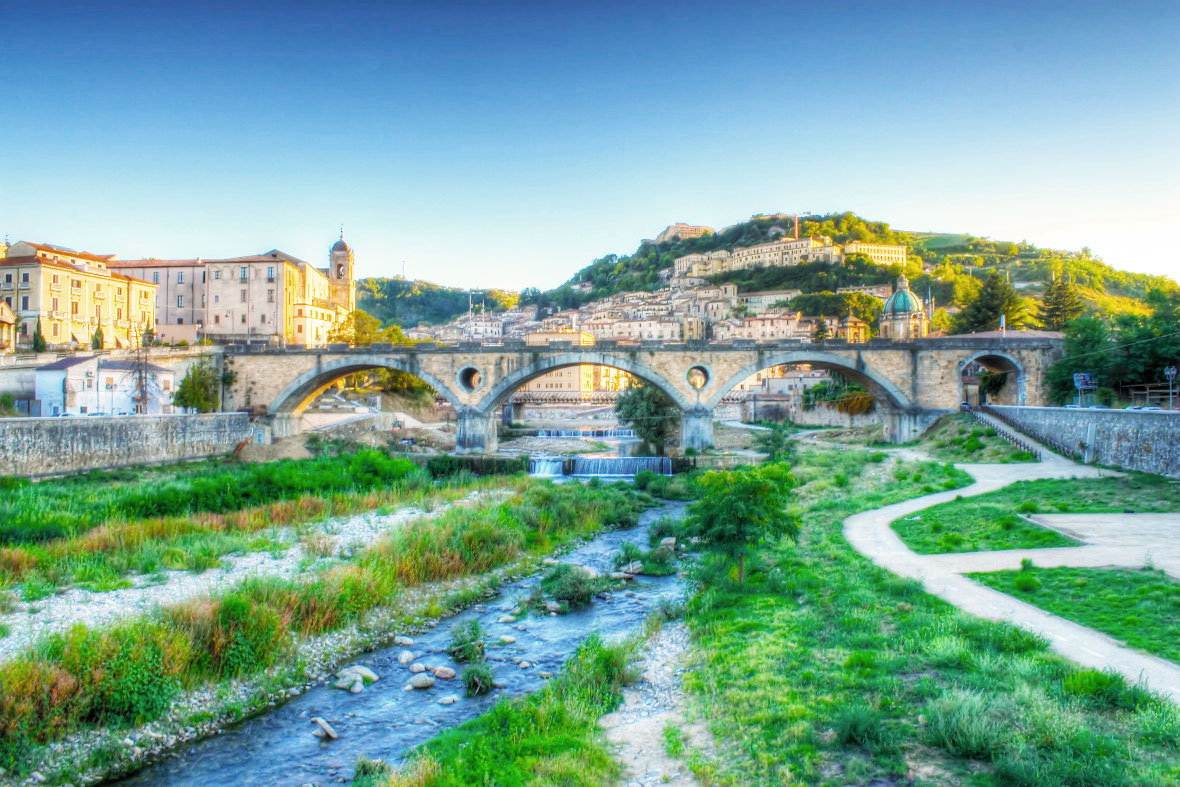The king of the visigoths
Everyone has heard of the decline and fall of the Roman Empire; however, far fewer have heard of the King of the Visigoths who sacked Rome or the story of the plunder that he took away with him. It is one of history’s many mysteries that has inspired treasure hunts for 1,600 years.
Alaric I was a warrior who became King of the Visigoths while still in his 20s. His military victories included the sacking Athens, Corinth and Sparta in Greece at the end of the fourth century. Then, in 401, he took his troops to Italy. In August, 410 AD, he besieged Rome. For three days, the Visigoths plundered the city. They ransacked buildings, including the treasury; homes of the wealthy and the mausoleums of Augustus and Hadrian. Alaric was said to have left the city with wagons containing two tons of gold and thirteen tons of silver, in addition to 4,000 silk tunics and 3,000 pounds of pepper. For most historians, this event was the harbinger of the fall of the Western Roman Empire. That is not where the story ends – it is where this story begins.
Alaric then moved south through Calabria with the intent of crossing the Strait of Messina and pushing towards North Africa, a major source of grain for the Roman Empire. He never made it. Soon after arriving in Cosenza, he developed a high fever and died. The question of Alaric’s cause of death has nagged scholars for centuries, but recently, studies conducted at the University of Turin have concluded that it was malaria that did him in. And that is not the end of the story either.
According to the 6th century AD historian Jordanes, whose work forms the basis of our contemporary understanding of the Goths, King Alaric was buried according to the custom of the Visigoths under the riverbed of the Busento, Calabria. Over 2,000 slaves and prisoners were forced to divert the river’s water so that an enormous tomb could be dug. Alaric, dressed in armor, his horse and his possessions were buried with him. After the burial, the river was un-dammed. The slaves and prisoners who carried out the funeral were executed so that the location of the tomb would forever be lost to history. The silk and pepper would have turned to dust, but the gold and silver plundered from Rome have caused treasure hunters to salivate for many centuries.
searching for the tomb
Historical records reveal that in the 11th century, Calabrian monks, led by Bishop Arnolfo II of San Lucido conducted a search, but without discovering gold.
During the mid-18th century, a huge project took place to unearth the tomb of Alaric, but nothing was found. In the early 19th century, after a major earthquake had drained the Busento River, people began digging fervently for the Roman artifacts. Again, nothing was found.
In the 20th century, accounts of the treasure attracted the attention of Adolph Hitler, who became obsessed with finding the hidden loot. After an extensive search, the Nazis too, came back empty-handed.
Now it is the 21st century and the treasure hunt is again underway. The local and provincial administration of Cosenza commissioned a team to search for the treasure just a few years ago, knowing that if the gold and silver were found, an influx of tourism will surely follow. Italian archaeologists used the latest technological innovations in their search for the treasure, which legend says was buried alongside Alaric somewhere near the confluence of two rivers.
By matching contemporary accounts by Roman historians with the local geography, the researchers found five places where they believe the 1,600-year-old hoard of Roman gold was buried. Geologists have used drones, ground-penetrating radar, infra-red technology and electromagnetic instruments in their attempt to try to find the underground stone tomb. The team had hoped to enlist the help of the Italian navy, which has helicopters equipped with sensors designed for detecting enemy submarines. This would have been invaluable in the search for the gold, but the military declined joining in the search. Archeologists suspect that Alaric’s grave was dug to a depth of 15 to 20 feet. They needed to account for the rise in the river bed, which added another five feet. The depth of the grave was sufficient to ensure that the treasure would not have been washed away by the shifting course of the river. Thus far, the treasure remains undiscovered. Historians do not disagree about the leader of the Visigoths burial in Cosenza, so it may well be a matter of when, not if the treasure is discovered.




